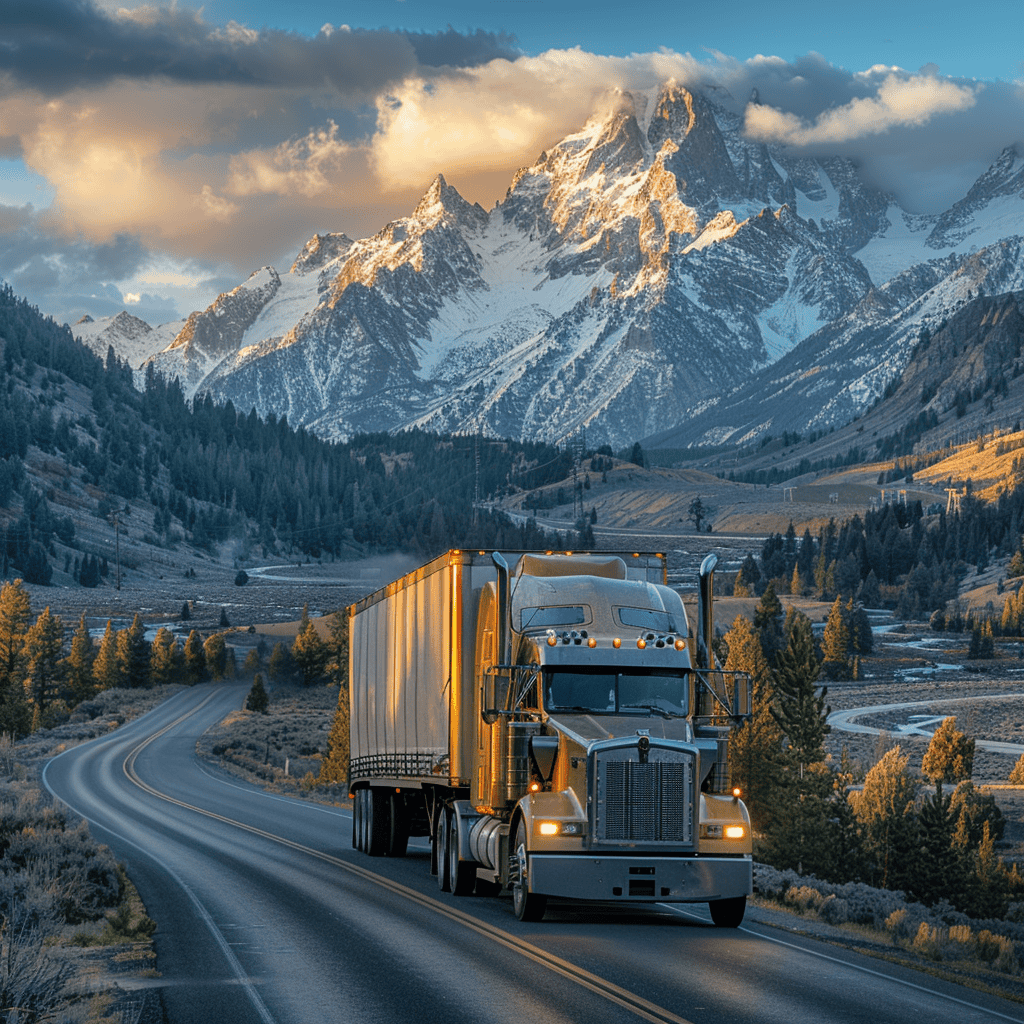Hawaii Truck Route Maps
Freedom Heavy Haul can offer expedited Pickup and Delivery for any size shipment anywhere in the USA. Contact us today for No Hassle, No Pressure Pricing.
Truck route maps in Hawaii are essential for managing the transportation of goods and ensuring the safety and efficiency of freight movement. Given Hawaii’s unique geographical and infrastructural challenges, these maps are indispensable tools for truck drivers, logistics companies, and regulatory bodies. This article explores the intricacies of Hawaii truck route maps, covering the major routes, regulations, infrastructure, and community impact.
Hawaii Truck Route Maps
H1: The Main Artery of Oahu
The H1 Highway is the primary east-west route on the island of Oahu. It connects major urban centers, ports, and industrial areas, making it vital for freight movement.
- Route: Kapolei to Honolulu
- Key Points: Pearl City, Waipahu
- Terrain: Urban and suburban areas
Here is a map for this route:
H-2: Connecting Central Oahu
The H-2 Highway runs north-south, linking the H1 with central Oahu areas such as Wahiawa and the Schofield Barracks.
- Route: Pearl City to Wahiawa
- Key Points: Mililani, Schofield Barracks
- Terrain: Suburban and rural areas
Here is a map for this route:
H-3: The Scenic Yet Functional Route
The H-3 Highway is known for its scenic views as it cuts through the Ko’olau Range, connecting the windward side of Oahu to the rest of the island.
- Route: Halawa to Kaneohe
- Key Points: Halawa Valley, Kaneohe Marine Corps Base
- Terrain: Mountainous and valley regions
Here is a map for this route:
Maui: Key Truck Routes
Maui’s major truck routes include Highways 30, 31, and 36, which are essential for connecting various parts of the island.
- Highway 30: Runs along the western coast, connecting Lahaina to Kahului.
- Route: Lahaina to Kahului
- Key Points: Kaanapali, Wailuku
- Terrain: Coastal and urban areas
- Highway 31: Connects Kihei to the central valley region and the town of Kahului.
- Route: Kihei to Kahului
- Key Points: Maalaea, North Kihei
- Terrain: Coastal and flatlands

- Highway 36: Provides access to the Hana Highway, which is crucial for the transport of agricultural products.
- Route: Kahului to Hana
- Key Points: Paia, Haiku
- Terrain: Coastal and rural areas
Hawaii (Big Island): Vital Routes for Freight
On the Big Island, Highways 11, 19, and 190 are critical for truck routes, facilitating the movement of goods across diverse terrains.
- Highway 11: Encircles the island, providing access to major towns like Hilo and Kona.
- Route: Hilo to Kailua-Kona
- Key Points: Volcano, Naalehu
- Terrain: Coastal and volcanic areas
- Highway 19: Runs along the northeastern coast, connecting Hilo to Waimea.
- Route: Hilo to Waimea
- Key Points: Honokaa, Laupahoehoe
- Terrain: Coastal and agricultural areas
- Highway 190: Links Waimea to Kailua-Kona, serving as a vital inland route.
- Route: Waimea to Kailua-Kona
- Key Points: Pu’u Wa’awa’a, Kalaoa
- Terrain: Inland and mountainous areas
Kauai: Navigating the Garden Isle
Kauai’s primary truck routes, Highways 50 and 56, are essential for connecting various parts of the island.
- Highway 50: Runs from Lihue to the western side of the island, reaching Waimea.
- Route: Lihue to Waimea
- Key Points: Kalaheo, Hanapepe
- Terrain: Coastal and flatlands

- Highway 56: Connects Lihue to the northern regions, including Princeville and Hanalei.
- Route: Lihue to Hanalei
- Key Points: Kapaa, Princeville
- Terrain: Coastal and hilly areas
Regulations and Restrictions
Hawaii imposes several regulations and restrictions to ensure the safe and efficient movement of freight.
- Weight Limits: Specific roads have weight restrictions to protect infrastructure.
- Time Restrictions: Some routes may have time-of-day restrictions to avoid peak traffic periods.
- Permits: Oversized or overweight loads often require special permits.
Infrastructure and Development
Maintaining and improving Hawaii’s road infrastructure is essential for supporting truck routes.
- Bridges and Overpasses: Regular inspections and maintenance are necessary to ensure they can handle heavy traffic.
- Road Conditions: Ongoing projects aim to widen roads, improve pavement quality, and enhance signage.
- Future Plans: Development projects are in place to improve logistics and freight movement efficiency.
Environmental and Community Impact
The movement of freight through truck routes has significant environmental and community impacts.

- Noise Pollution: Efforts are made to route trucks away from residential areas to reduce noise.
- Air Quality: Strategies are in place to minimize emissions from heavy vehicles.
- Community Safety: Educating communities and truck drivers on safety practices is a priority.
Key Stakeholders
Several stakeholders are involved in the management and regulation of truck routes in Hawaii.
- Trucking Companies: Need to stay informed about route changes and regulations.
- Local Businesses: Rely on efficient truck routes for deliveries.
- Government Agencies: Oversee the creation and enforcement of truck routes.
Challenges and Solutions
Hawaii faces unique challenges in managing truck routes, but solutions are in place to address these issues.
- Geographical Constraints: Navigating narrow, winding roads and varying elevations.
- Weather Conditions: Addressing issues like heavy rain, landslides, and flooding.
- Public Opposition: Balancing the needs of logistics with community concerns.
Technological Innovations
Technology plays a vital role in improving the efficiency and safety of truck routes.
- Smart Infrastructure: Using sensors and IoT to monitor road conditions and traffic flow.
- Alternative Fuels: Promoting the use of cleaner fuels for trucks to reduce environmental impact.
- Autonomous Vehicles: Exploring the potential for self-driving trucks in the future.
Best Practices
Implementing best practices ensures the effective management of truck routes.
- Route Planning: Regular updates and clear communication about route changes.
- Driver Training: Ensuring drivers are well-trained in navigating designated routes.
- Collaboration: Working with local authorities and communities to optimize routes.
Conclusion
Understanding Hawaii’s truck routes involves considering the unique geographical and infrastructural challenges of the islands, along with regulatory and community aspects. This comprehensive approach ensures safe, efficient, and sustainable freight movement across the state. By adhering to regulations, leveraging technology, and maintaining robust infrastructure, Hawaii can continue to support its vital logistics and freight industry effectively.







